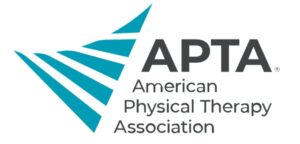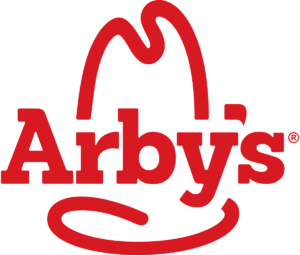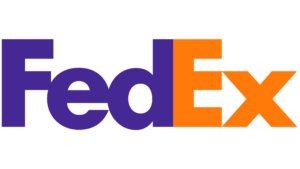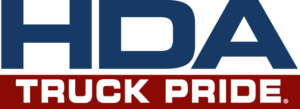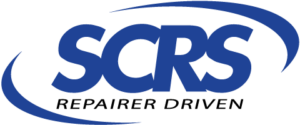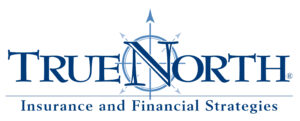Take Your Business From Hire to Higher
From top-tier healthcare benefits to HR, compliance, and hiring tools, we’ve got everything you need to care for your team and make running your business a whole lot easier.

Ensure the health of your employees and your business.
Explore how Decisely can help you attract top talent, control expenses, and streamline your benefits.
Why choose
 ?
?
We’ve helped thousands of small businesses offer smarter, more affordable benefits. From flexible healthcare to hands-on HR tools, we make it easy to support your team without overloading your plate. You stay focused on your business—we’ll handle the rest.
Need another reason? You’ll find yourself in great company!
We are humbled by the caliber of businesses that trust us with their partnership.


